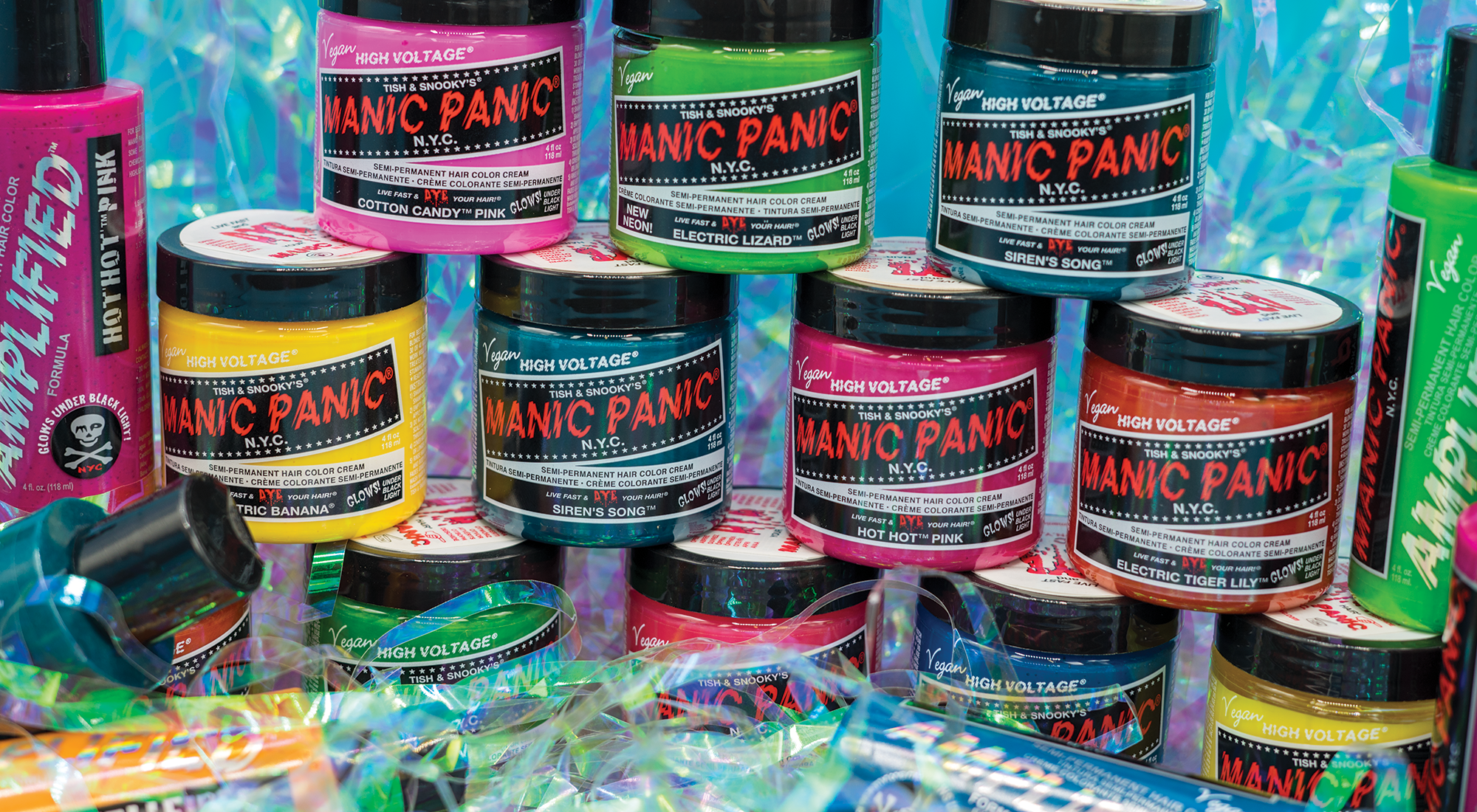Table of Content
In general, bigger is better, but four feet by four feet is a manageable size for most gardeners. The pile should be placed in full sun, if possible––shade will cool the pile down a bit and slow the process. You can just heap the materials up, or use a simple wire fence bin. Of course, if you're construction-minded, you can also build a nice, large hot compost bin out of wood or shipping pallets.
Composting doesn’t have to be messy, stinky, or complicated, but sometimes problems do arise. Usually, it’s easy to get your compost pile back on track. When the mixture turns brown and crumbly and slightly sweet smelling, the process is complete. This will take around six months if the heap has been turned regularly, but can take much longer. Homemade compost is invaluable in the garden – it’s a great soil improver, mulch and growing medium.
How to Make Compost at Home
If you decide that a pile is too untidy for you, do a search about building a compost bin. There are as many ways to make a bin as there are gardeners. The type of composter that is the easiest to use is one that can be turned. First, mix the mushroom bacteria, soil, straw, and manure. Then, let the massive piles of compost heat up by letting it sit for 30 to 60 days.
During dry weather, it may be necessary to add water at weekly intervals. Spread a 2-4 inch layer of compost followed by a 4-8 inch layer of shredded leaves. You can also spread grass clippings (avoid weeds with seedheads and herbicide-treated turf). Screen or sift your finished compost to filter out materials that didn’t break down - twigs, fruit pits, eggshells, and items like produce stickers and plastic. (You can make a homemade screener out of ¼ inch hardware cloth.) Pits, eggshells, etc. that you sifted out can be added back into the active pile or to a new pile. Here in Québec City, I am leaving the containers without water for a couple of months to prevent splitting.
Instructions for a wire compost bin
Slow worms are not worms and they aren’t snakes either! They are cute little lizards that like the cosy warmth of decomposing compost. If you’re desperate for some compost try using a garden sieve to access the finer pieces and replace the larger bits that are still decomposing. Composting worms are different to the ones you find in soil. They have names like Tiger worms or Red worms depending on the seller.
They lay eggs in warm compost as it helps hatch out the little ones. If you find eggs leave them alone because grass snakes are protected. It’s not likely you’ll find them unless you live in the countryside.
Hot Composting Basics
Common misconceptions of home composting are that it's too complicated, it'll smell bad, and it's messy. These may be true if you compost the wrong way, but learning how to compost the right way is actually quite simple. Start with a layer of organic materials, add a dash of soil and a splash of water, and wait for your concoction to turn into humus (the best soil booster around!).

You mix a small amount into water, pour it onto your compost and after 10 weeks of rotting your compost is ready to use. It can also be used to revive partially composted or dead heaps. Food – You can feed your worms most fruit and vegetables scraps, coffee grounds and paper filters, crushed eggshells, paper tea bags , and crushed eggshells. Avoid citrus fruits, odorous foods like onions and garlic, meat, dairy products, greasy foods, bones, and pet waste. Chop up scraps into small pieces before adding them to the bin to allow for faster decomposition. Keeping a container in your kitchen, like this white ceramic compost bucket ($25, World Market), is an easy way to accumulate composting materials as you prep meals.
Make the front one accessible so you can shovel out the black gold without lifting too much. There may be an obvious spot in the garden for a bin or heap, and that will do just fine if there’s no choice. If you have a choice then look for somewhere with a stable temperature so the fungi and bacteria can work consistently. Composting is a simple, effective way to fight food waste and reduce your environmental impact. You can use compost by mixing it with potting soil, sprinkling it over the surface of your garden, or replacing mulch with it.

Larger pieces of organic material impede aerobic decomposition.Do not shred highly vegetative or moist organic materials. Their moisture contents make aerobic decomposition a lot more tricky. Start your compost pile during the right time of the year. While you can set up your compost pile during any season, certain times are better than others. During the spring or summer, high-nitrogen materials are ever-present, but not that much carbon material exists. Fall is when both high-nitrogen and high-carbon materials are plentiful.
Compost comprises food waste, decomposing plants, manure, and other organic materials. Compost enriches soil and plants by acting as a valuable fertilizer. When finished, compost looks crumbly, dark, and rich in colour. Compost tea is made by "steeping" compost in a bucket of water for 1-3 days, then straining and applying the liquid to plants. Make compost tea using composted yard waste (leaves, grass clippings, etc.) or vermicompost .

Now evenly distribute partially decomposed cow dung, dried leaves, and other biodegradable wastes to prepare fine bedding on the sand layer. Depending on the availability of the raw materials, you can use a plastic or a concrete tank to prepare Vermicompost. It takes about a month to prepare a final product from garden waste. The quality of compost made from garden waste is outstanding.
A hot compost pile should be at least 3 feet in diameter, though slightly larger is ideal. Consider keeping the contents in place with chicken netting; wooden sides would be even better to keep the pile contained. Aerobic respiration is the process of breaking down the waste matter which is why it's a good idea to air your compost. Turn it for best results, turn your compost regularly, about every week. This introduces the air needed to speed up the composting process.
The first step to composting is determining where you want your compost heap or bin. Before you start composting, it’s important to understand which items you can compost and which you should avoid composting. Composting allows you to recycle kitchen scraps instead of tossing them, which reduces food waste and helps minimize your environmental impact. It’s a great way to recycle scraps from your yard and kitchen while also enriching the soil in your garden, improving water retention, and protecting against erosion. Grow vegetable and flower transplants and container plants in screened compost.
Sheet composting
Mushrooms are another good sign for your compost, indicating good moisture levels and healthy bacteria. Layer greens and browns as before, but this time use a shovel to turn the compost at least once a week. The center of the pile will get hot—between 150° F and 170° F (65° C to 76° C). The heat comes from the microbes breaking things down. Check the moisture level of the compost by grabbing a handful from the pile. If you can barely squeeze out a drop of water, it’s perfect.

Now, she writes about lifestyle topics, including food, garden, home, and health for Hy-Vee's Seasons magazine. Her work has appeared on Food & Wine, Martha Stewart, MyRecipes, and more. Andrea holds a double degree in Magazines and English, with a minor in politics from Drake University. "I was totally ignorant concerning composting, and I got great info and basics." You can try putting it in a natural soil-based bag and leaving it with a few tiny clumps of dirt on top.

No comments:
Post a Comment